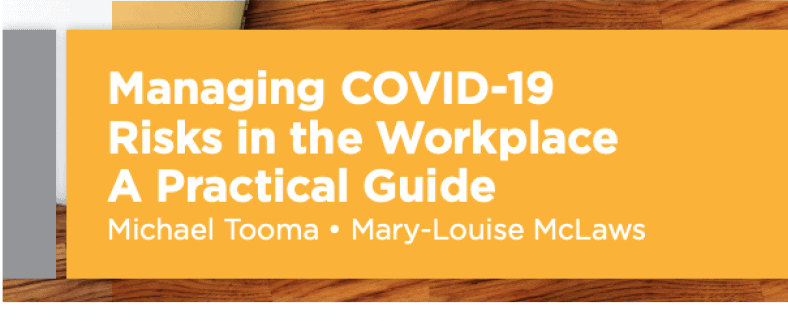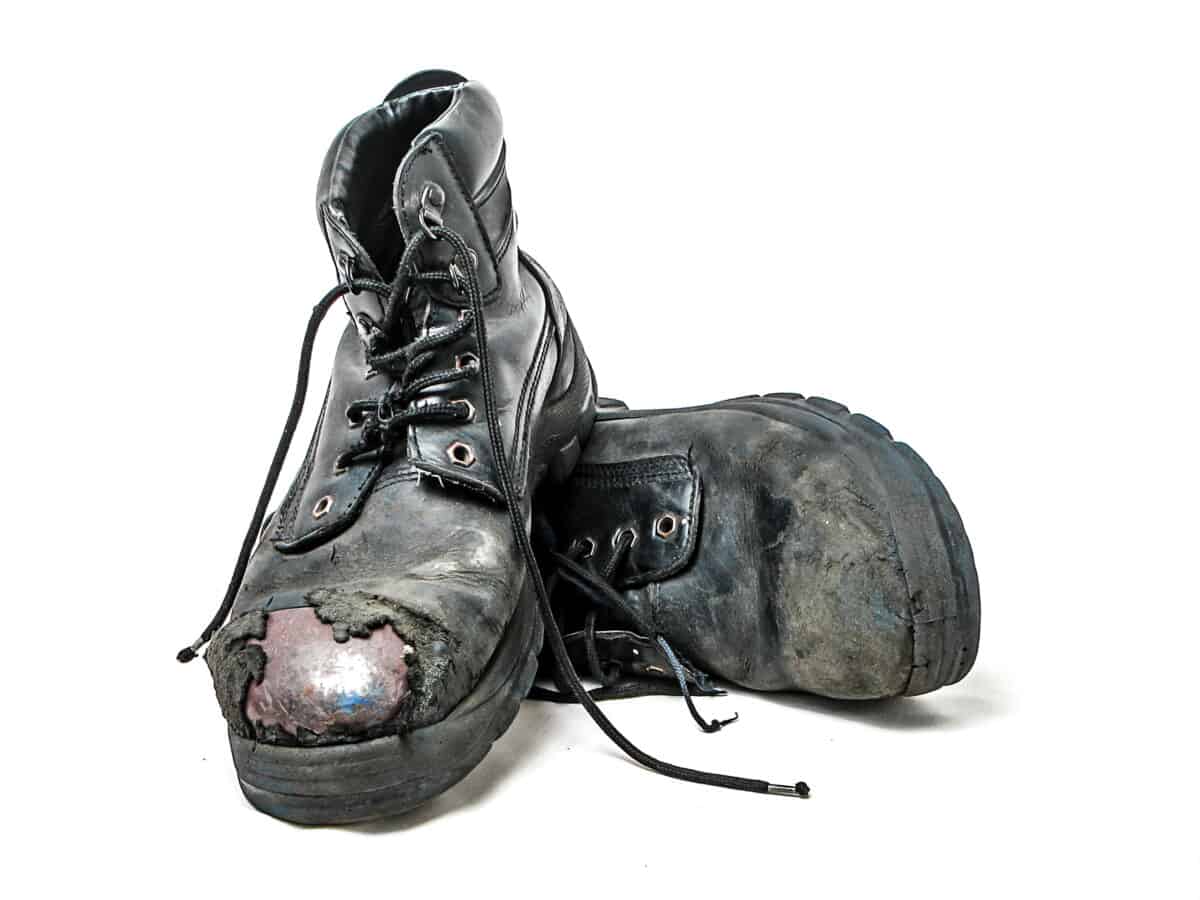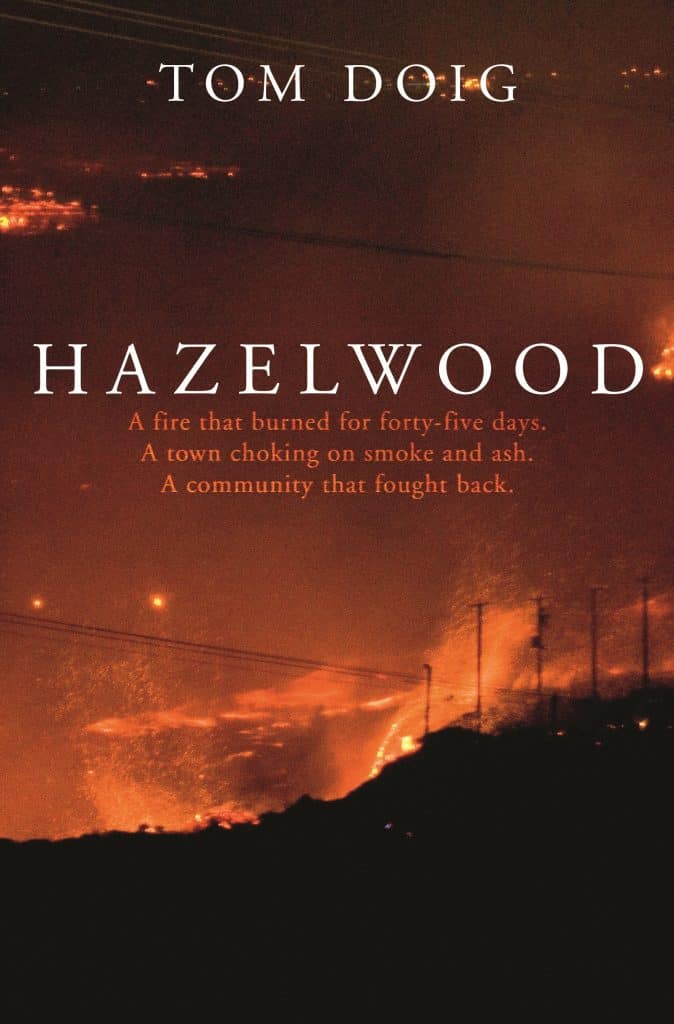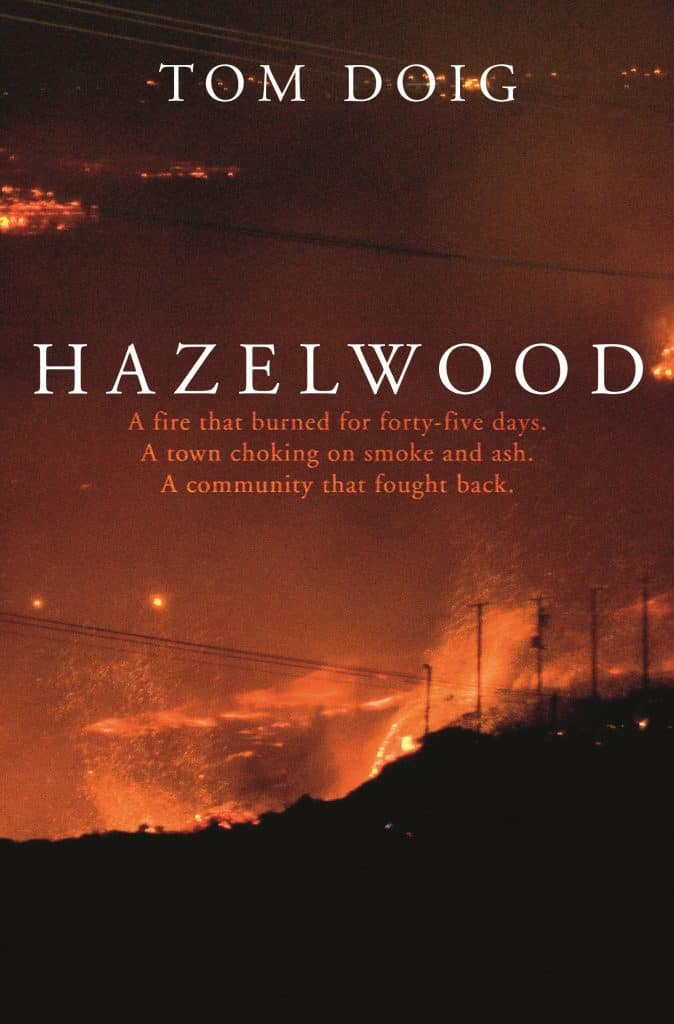Last week was a big one for the sex industry in Victoria. A brothel manager was found guilty of allowing a 16-year-old girl to work as a dominatrix in his mother’s brothel. And a sex worker was found, by the Fair Work Commission, to be a contractor (paywalled) when working in the Top of the Town brothel.
These legal cases gained some attention in the mainstream press as they often are because sex work is seen as salacious and click-friendly. However, the Top of the Town court report offers insight into some of the occupational health and safety (OHS) hazards of brothel work.







